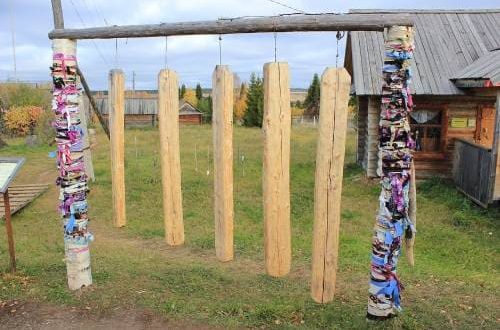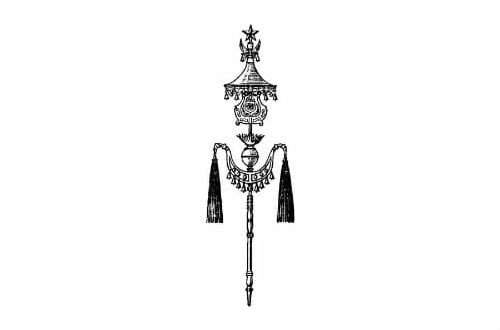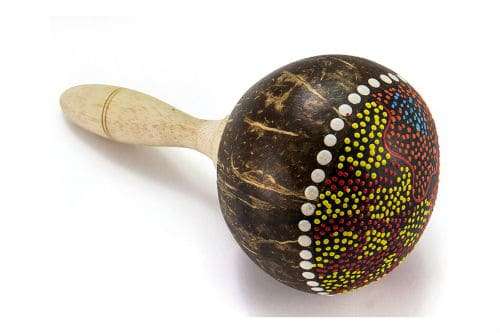
Maracas: tool description, composition, varieties, history, use
Maracas belongs to the group of percussion musical instruments, the so-called idiophones, that is, self-sounding, not requiring additional conditions for sounding. Due to the simplicity of the sound production method, they were the first musical instruments in the history of mankind.
What is maracas
This instrument can be conditionally called a musical rattle that came to us from Latin America. It looks like a children’s toy that makes a characteristic rustling sound when shaken. Its name is more correctly pronounced as “maraca”, but an inaccurate translation from the Spanish word “maracas” has been fixed in Russian, which is the designation of the instrument in the plural.
Musicologists find mention of such rattles in ancient manuscripts; their images can be seen, for example, on a mosaic from the Italian city of Pompeii. The Romans called such instruments crotalons. A colored engraving from the Encyclopedia, published in the XNUMXth century, depicts the maracas as a full member of the percussion family.

Устройство
Initially, the instrument was made from the fruit of the iguero tree. Latin American Indians took them as a basis not only for musical “rattles”, but also for household items, such as dishes. The spherical fruit was carefully opened, the pulp was removed, small pebbles or plant seeds were poured inside, and a handle was attached to one end, by which it could be held. The amount of filler in different instruments differed from each other – this allowed the maracas to sound differently. The pitch of the sound also depended on the thickness of the walls of the fetus: the greater the thickness, the lower the sound.
Modern percussion “rattles” are made mainly from familiar materials: plastic, plastic, acrylic, etc. Both natural materials – peas, beans, and artificial ones – shot, beads and other similar substances are poured inside. The handle is removable; this is necessary so that the performer can change the quantity and quality of the filler during the concert to change the sound. There are tools made in the traditional way.
History of origin
Maracas were “born” in the Antilles, where the indigenous peoples lived – the Indians. Now the state of Cuba is located on this territory. In ancient times, shock-noise instruments accompanied a person’s life from birth to death: they helped shamans perform rituals, accompanied various dances and rituals.
The slaves brought to Cuba quickly learned to play the maracas and began to use them in their short moments of rest. These instruments are still very common, especially in Africa and Latin America: they are used to accompany various folk dances.
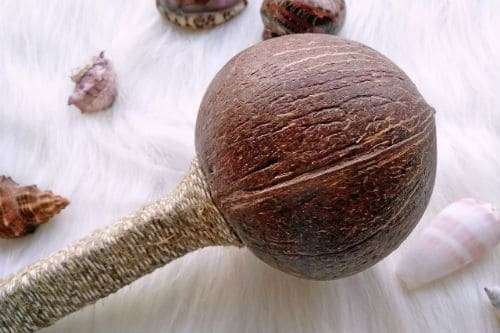
Using
Noise “rattles” are used primarily in ensembles performing Latin American music. Groups and groups performing salsa, sambo, cha-cha-cha and other similar dances cannot be imagined without drummers playing maracas. Without exaggeration, we can say that this instrument is an integral part of the entire Latin American culture.
Jazz bands use it to create the appropriate flavor, for example, in musical genres such as bossa nova. Typically, ensembles use a pair of maracas: each “rattle” is tuned in its own way, which allows you to diversify the sound.
These percussion instruments have penetrated even into classical music. They were first used by the founder of the great Italian opera, Gaspare Spontini, in his work Fernand Cortes, or the Conquest of Mexico, written in 1809. The composer needed to give a characteristic zest to the Mexican dance. Already in the XNUMXth century, maracas were introduced into scores by such composers as Sergei Prokofiev in the ballet Romeo and Juliet, Leonard Bernstein in the Third Symphony, Malcolm Arnold in small suites for a symphony orchestra, Edgard Varèse in the play Ionization, in which he plays the main role ensemble of percussion instruments.
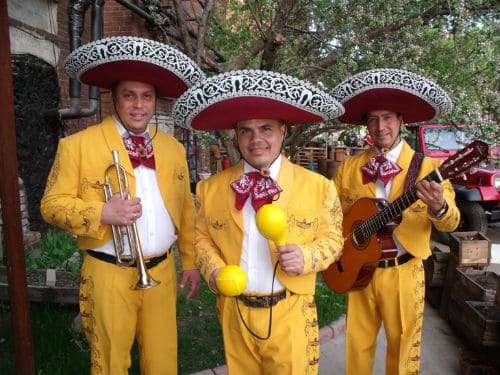
Regional names
Now there are many varieties of maracas: from large balls (the ancestor of which was the clay tripod pot used by the ancient Aztecs) to small rattles that look like a children’s toy. Related instruments in each region are named differently:
- the Venezuelan version is dadoo;
- Mexican – sonjaha;
- Chilean – wada;
- Guatemalan – chinchin;
- Panamanian – Nasisi.
In Colombia, maracas have three variants of the name: alfandoke, karangano and heraza, on the island of Haiti – two: asson and cha-cha, in Brazil they are called either bapo or karkasha.
The sound of “rattles” differs depending on the region. For example, in Cuba, maracas are made of metal (there it is called maruga), respectively, the sound will be more booming and sharp. These instruments are primarily used in pop ensembles and groups specializing in folk Latin American music.




